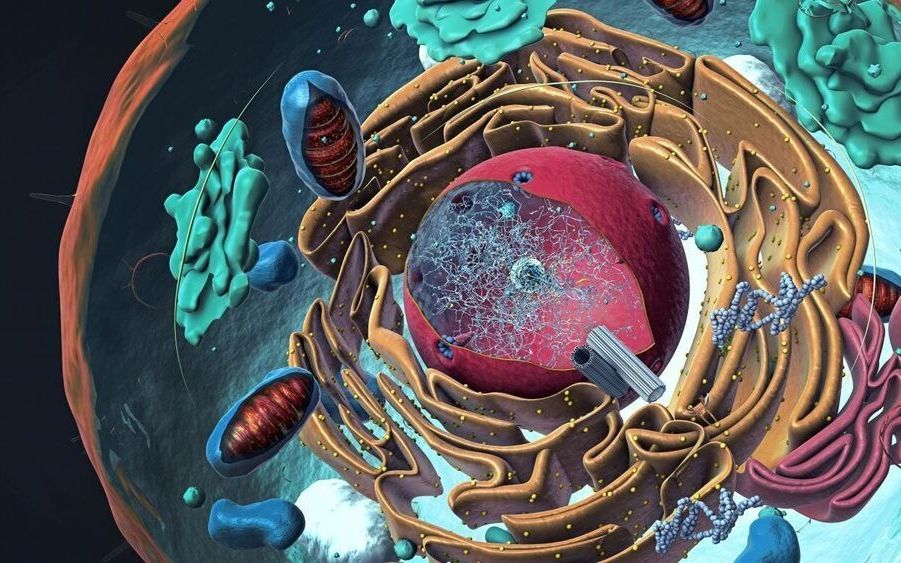Electricity is a key ingredient in living bodies. We know that voltage differences are important in biological systems; they drive the beating of the heart and allow neurons to communicate with one another. But for decades, it wasn’t possible to measure voltage differences between organelles—the membrane-wrapped structures inside the cell—and the rest of the cell.
A pioneering technology created by UChicago scientists, however, allows researchers to peer into cells to see how many different organelles use voltages to carry out functions.
“Scientists had noticed for a long time that charged dyes used for staining cells would get stuck in the mitochondria,” explained graduate student Anand Saminathan, the first author for the paper, which was published in Nature Nanotechnology. “But little work has been done to investigate the membrane potential of other organelles in live cells.”
